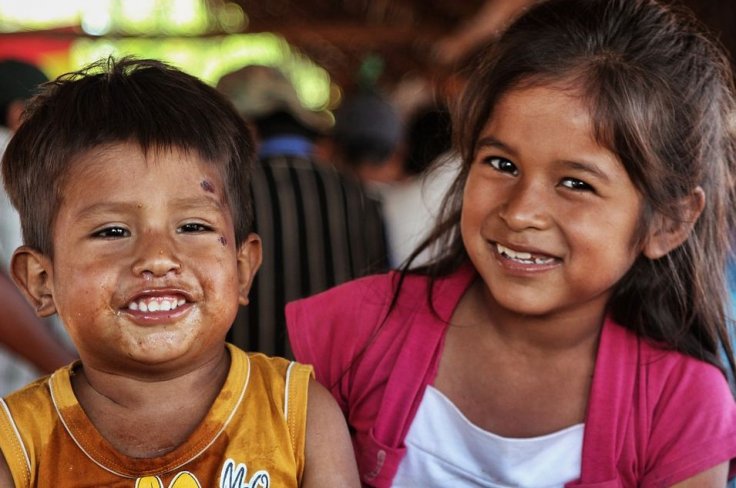A study by researchers from the Children's National Hospital has found the rates of COVID-19 infection are higher in children belonging to minority and socio-economically disadvantaged sections of the society.
Studies conducted during the early phases of the pandemic highlighted the noticeable disparities in the rates of the novel coronavirus infection in the US, with socio-economically disadvantaged and minority adults facing the brunt of the pandemic.
Dr. Monika Goyal, co-author of the study, said in a statement, "Some possible reasons may be socio-economic factors that increase exposure, differences in access to health care and resources, as well as structural racism."
Dramatic Difference In Infection Rates

For the findings, published in the journal Pediatrics, the research team looked to data from a drive-through/walk-up COVID-19 testing site affiliated with Children's National -- one of the first exclusively pediatric testing sites for the virus in the US. When the research team analyzed the data from the first 1,000 patients tested at this site, they found that infection rates differed dramatically among different racial and ethnic groups.
While about seven percent of non-Hispanic white children were positive for COVID-19, about 30 percent of non-Hispanic Black and 46 percent of Hispanic children were positive. "You're going from about one in 10 non-Hispanic white children to one in three nonHispanic Black children and one in two Hispanic children. It's striking," said Dr. Goyal.
The Role of Income Levels
Using data from the American Families Survey, which uses five-year census estimates derived from home address to estimate median family income, the researchers separated the group of 1,000 patients into estimated family income quartiles.
They found marked disparities in COVID-19 positivity rates by income levels: while those in the highest quartile had infection rates of about nine percent, about 38 percent of those in the lowest quartile were infected.
"There were additional disparities in exposure status. Of the 10 percent of patients who reported known exposure to COVID-19, about 11 percent of these were non-Hispanic white. However, non-Hispanic Black children were triple this number," the authors wrote. Although these numbers show clear disparities in COVID-19 infection rates, the authors are now trying to understand why these disparities occur and how they can be mitigated.
(With inputs from agencies)









